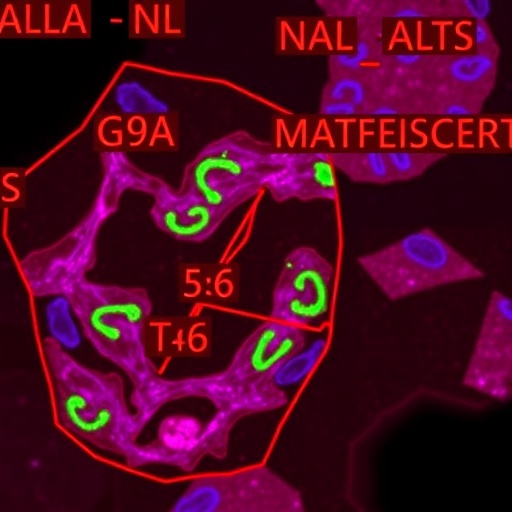The design of tailored peptide-polymer conjugates as drug-specific formulation additives offers access to next generation precision additives that can render problematic small organic drugs water-soluble and improve bioavailability. The method can be applied to a large spectrum of entities of fluorescent or non-fluorescent drugs. Herein we report the solubilization of two poorly water-soluble, potential anti-Alzheimer disease (AD) drugs based on the rhodanine core. The compounds showed inhibitory activity to prevent the aggregation of Tau proteins into paired helical filaments (PHFs) and neurofibrillary tangles (NFTs), both of which are associated with AD pathogenesis.
Using a fluorescence microscopy-based screening procedure, peptide sequences with high drug binding capacity are identified from large peptide libraries. The synthesis of corresponding peptide-poly(ethylene glycol) (peptide-PEG) conjugates leads to precision formulation additives for the potential anti-AD drugs. Whereas the PEG-blocks of the conjugates provide water solubility and drug shielding, the drug specific hosting is dominated by the peptide-segments, binding the drug in a non-covalent manner and thus bypassing the requirements of additional drug approval procedures.
Application in several bioassays of inhibition of Tau protein aggregation indicated that the formulation additives do not reduce drug efficacy and activity. The drug formulations showed a reduction of the fibril formation of the tested Tau construct comparable to the drug alone dissolved in DMSO. Thus, drug release from the conjugates is feasible. The activities of the compound-complexes in in vitro experiments on Tau4RDΔK280-expressing N2a cells were significantly enhanced, resulting in improved cell viability and reduced apoptosis, which correlates with a lower ratio of insoluble to soluble Tau aggregates.
The precision formulation additives offer opportunities for early stage drug structure or lead compound testing in DMSO free systems. This is important as DMSO is currently believed to affect relevant protein functions and might influence cell studies.
###
Marcus Pickhardt1, Carmen Lawatscheck2, Hans G. Börner2,* and Eckhard Mandelkow1,3,4,*
1Deutsches Zentrum für Neurodegenerative Erkrankungen (DZNE), Sigmund-Freud-Str. 27, 53127 Bonn, Germany;
2Humboldt-Universität zu Berlin, Department of Chemistry, Laboratory for Organic Synthesis of Functional Systems, Brook-Taylor-Str. 2, 12489 Berlin, Germany;
3CAESAR Research Institute, Ludwig-Erhard-Allee, 2, 53175;
4Max-Planck-Institute for Metabolism Research, Gleuerlerstr. 50, 50931 Köln, Germany
Media Contact
Faizan ul Haq
[email protected]
@BenthamScienceP
http://benthamscience.com/
http://dx.doi.org/10.2174/1567205014666170202103136
############
Story Source: Materials provided by Scienmag




